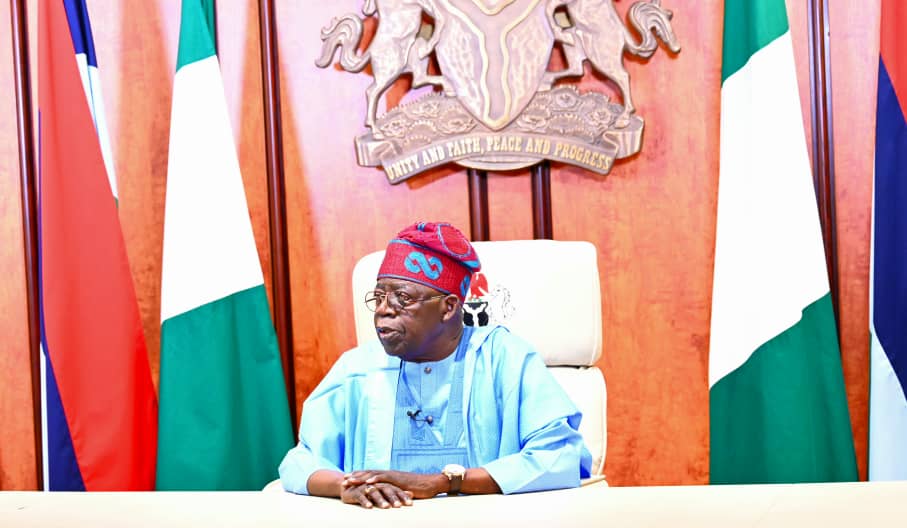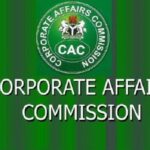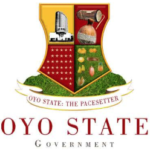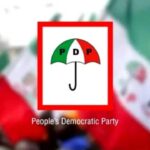The House of Representatives Committee on National Security and Intelligence recently recommended the immediate purchase of two new aircraft for the presidential fleet. Concern over the condition of presidential aircraft arose after both the president and vice president were forced to cancel separate scheduled trips because their aircraft were declared not airworthy. The committee’s report revealed that there are “technical and operational inadequacies” in the Presidential Air Fleet, and consequently advocated purchasing new aircraft as the most cost efficient long-run solution.
While debating the report, some members, who have earned a reputation for turning every issue brought to the floor as an occasion for jocularity, drew ironic laughter by suggesting that it would perhaps be beneficial for the president and vice-president to travel by road and get first-hand experience of the nation’s dilapidated federal highways! Frivolities aside, representatives quite correctly expressed concern over reports of un-airworthiness of presidential aircraft and called for investigation into their operational status in the light of the fact that sufficient funds have been appropriated over the years to have successfully carried out all proper scheduled maintenance. They suggested that prior to any approval, the National Security Adviser (NSA) should be invited to investigate and report his findings to the house.
Paradoxically, purchasing new presidential aircraft represents both good logic and poor logic! Indisputably the most logical long-term solution to consistently un-airworthy aircraft is to replace them with brand new ones. Nonetheless, the irony of this is it means that in real terms, the nation must commit to borrowing more in order to prevent the continuous waste of money previously borrowed! The failure to take into account the timing of the proposed procurement is poor logic. At a time when citizens are being asked to sacrifice comfort and endure increasing hardships, and government is irked by a June 11, 2024 New York Times article describing the Nigerian economy as facing its worst trajectory in a generation, extreme frugality and accountability in spending public funds must be exercised. Committing funds to resolving the issue of new minimum wage and ever-increasing grumblings over the economic hardships, should be of primary importance to the government. The paucity of funds to satisfactorily deal with these pressing issues makes it insensitive to regard expenditure on presidential aircraft as a priority and, to say the least, exhibits an almost callous indifference to widespread suffering and deprivations.
Justifiable concerns have been expressed over the ethics of the proposed purchase. In America, there are unwritten ethical rules which presidents are expected to follow when ordering new presidential aircraft. Most important of these is that the purchase order must be approved in a president’s second term to ensure that they will never use the aircraft themselves! This avoids negative perceptions and insinuations which will arise if first-term presidents purchase new luxury jets for their personal use. American presidents only approve new aircraft for the benefit of future presidents! There is a mistaken belief that Air Force One is the description of a particular aircraft in the presidential fleet, whereas it is not. It’s actually the “call sign” reserved for whichever aircraft the president is onboard.
In America, aircraft in the presidential fleet are designed as flying offices with luxurious living quarters to be used exclusively for presidential trips, whereas in Nigeria, in addition to presidential duties, presidential aircraft are used as an official air-taxi service to provide luxury travel for the president’s family or privileged VIPs to attend unofficial social functions! Sentimental comparisons between the Nigerian Air Force One and the US Air Force One are fallacious. It is doubtful that the Nigerian Air Force owns any aircraft which fulfills the minimal operational requirements for long distance presidential travel by the US president. Such an aircraft is not made simply for luxury travel. Its capabilities should include defensive systems which allow it to evade attacks by missiles or drones. It must have the capacity to refuel in mid-air to allow it to remain airborne for extended periods of time and provide the option of either aborting the journey and returning to the original departure point without landing, or remaining in the air until security issues on ground have been resolved.
In addition, Air force One must be equipped with state-of-the-art cutting-edge military communications electronics to enable the president to remain in contact with military chiefs on ground, or hold secured conversations with world leaders while airborne. Also of primary importance is that the aircraft must contain a fully equipped operational medical theatre in order to cope with inflight medical emergencies. The deterioration of the Nigerian presidential of aircraft in fleet aircraft is the result of the nation’s inability to maintain let alone produce sophisticated long-range large aircraft. It’s worthy of note that when the president and vice president were prevented from travelling due to the un-airworthiness of presidential aircraft, they both successfully completed their postponed travels onboard privately owned chartered jets.
There can be no dispute that the government must not continue to waste money maintaining the existing fleet. The decision they face boils down to two options. Firstly, resorting to chartering luxury private jets for presidential long-distance air travel whenever required, or secondly, purchasing new aircraft with attendant daily costs. While the first option makes more financial sense, the second option takes on board the cost of representing a befitting symbol of our national pride and the status of our President and Vice-President. Paradoxically both options are supported by clashing logical arguments!

 Join Daily Trust WhatsApp Community For Quick Access To News and Happenings Around You.
Join Daily Trust WhatsApp Community For Quick Access To News and Happenings Around You.


